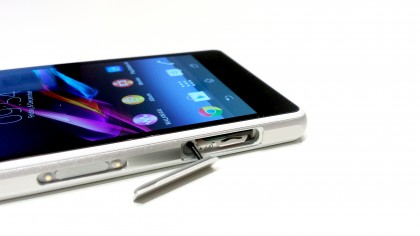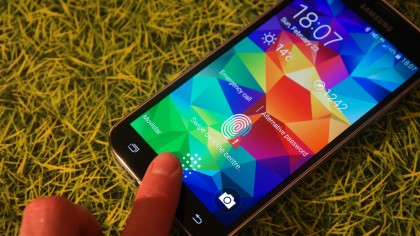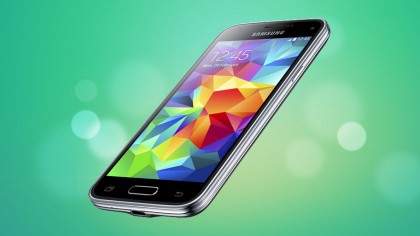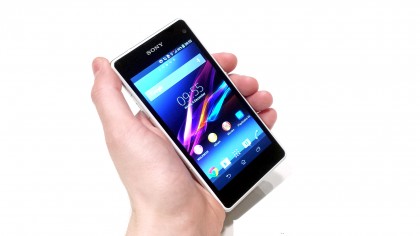Samsung Galaxy S5 Mini vs Sony Xperia Z1 Compact
Big names, small sizes, but which is better?
Connectivity
The two phones have more or less identical connectivity options. They both support Wi-Fi, 3G, 4G, Bluetooth 4.0 and NFC. However the Galaxy S5 Mini one-ups its competitor with an IR blaster.

Their storage capacities are totally identical, with 16GB built in along with a microSD card slot that supports cards of up to 64GB.
Extra features
The Samsung Galaxy S5 Mini inherits two of the main features of its larger sibling, namely a fingerprint scanner buried under the home button and a heart rate monitor below the camera lens. We're not convinced that a heart rate monitor on a phone is likely to get much use, but it's there if you want it.

The Sony Xperia Z1 Compact doesn't really have any extra features that haven't already been covered. What you see is essentially what you get, but when that's a high end, good looking smartphone in a small package that's no bad thing.
Price
Samsung hasn't announced the price of its S5 Mini yet, but we expect that it will cost roughly £350-£400 when it starts its global roll-out in July.

The Sony Xperia Z1 Compact carries a similar SIM free price tag, coming in at around £350. Hopefully the S5 Mini will land at that end of the price range, as if it creeps up to £400 it could be a tough sell.
Early verdict
The Samsung Galaxy S5 Mini looks like a compelling little handset, but on paper at least it doesn't quite match up to the Xperia Z1 Compact, which has a superior design, more power and in all likelihood a better camera.
Sign up for breaking news, reviews, opinion, top tech deals, and more.

The only edge the S5 Mini really seems to have is its heart rate monitor and fingerprint scanner and while your mileage may vary with them we'd be inclined to say that they veer more towards gimmicks than genuinely useful features.
- HTC recently released a new mini of its own.
James is a freelance phones, tablets and wearables writer and sub-editor at TechRadar. He has a love for everything ‘smart’, from watches to lights, and can often be found arguing with AI assistants or drowning in the latest apps. James also contributes to 3G.co.uk, 4G.co.uk and 5G.co.uk and has written for T3, Digital Camera World, Clarity Media and others, with work on the web, in print and on TV.